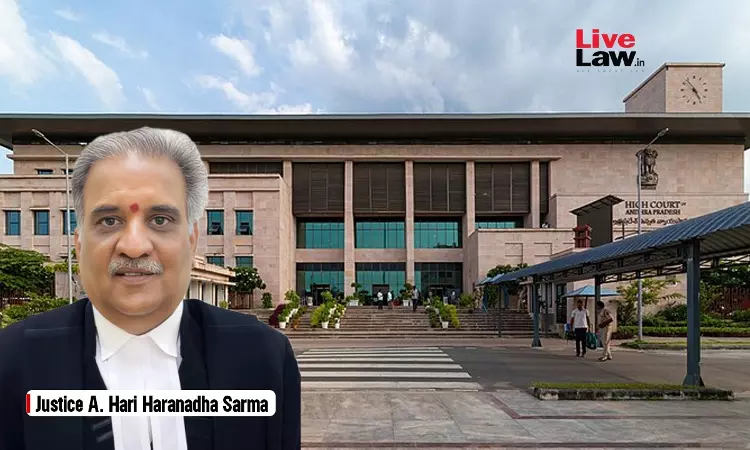Andhra Pradesh High Court Lays Down Parameters For Disputing Negligence In Motor Vehicle Accident Claims Cases
Saahas Arora
13 March 2025 1:40 PM IST

Next Story
13 March 2025 1:40 PM IST
A Single Judge Bench of the Andhra Pradesh High Court comprising Justice A. Hari Haranadha Sarma, while dealing with an appeal contesting the sustainability of an award and decree passed by the Additional District Judge-cum-Motor Accidents Claims Tribunal, Ongole, laid down certain advisory parameters to be followed in Motor Vehicle Accident claims cases while disputing negligence. The...
